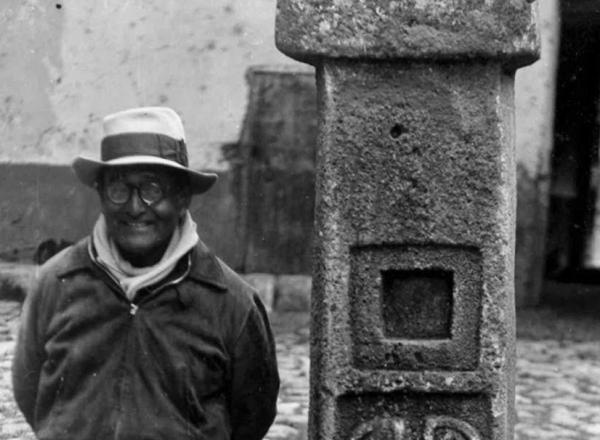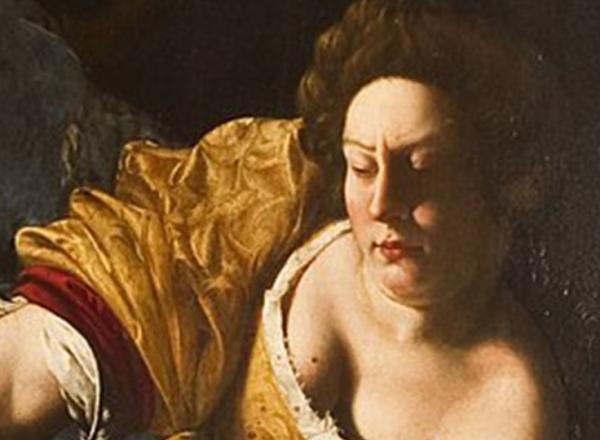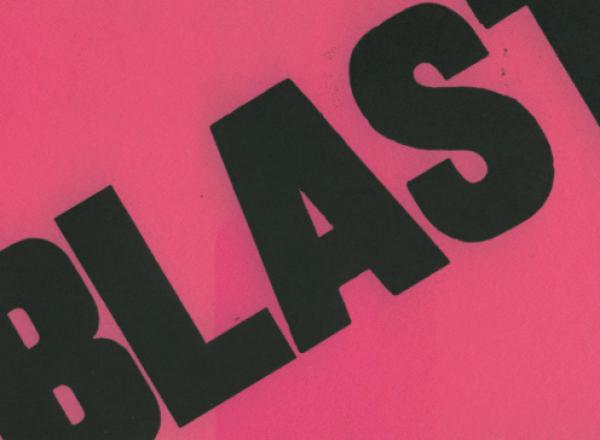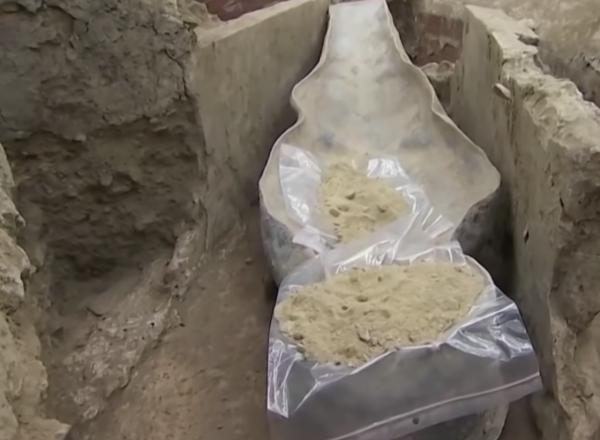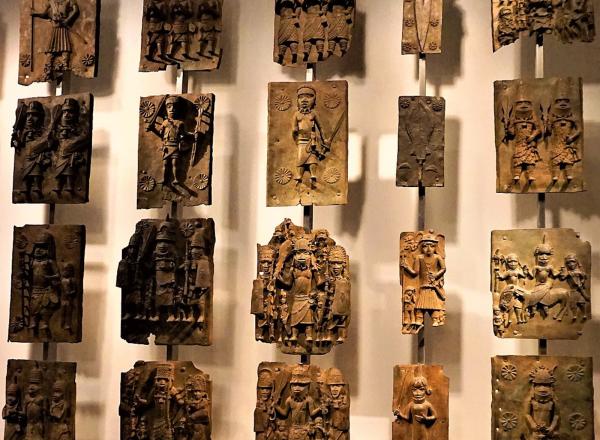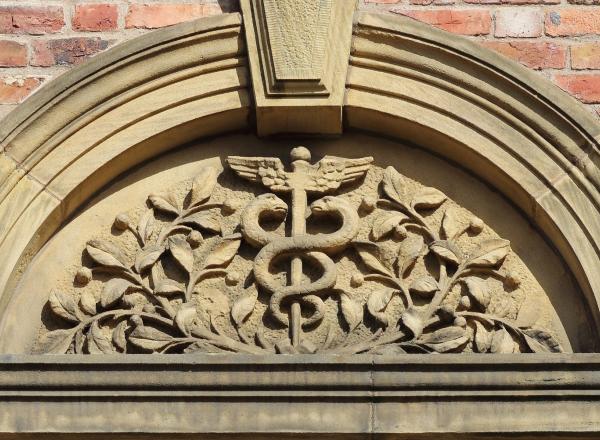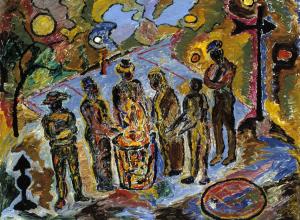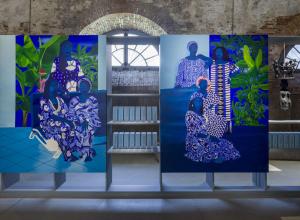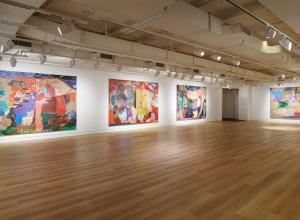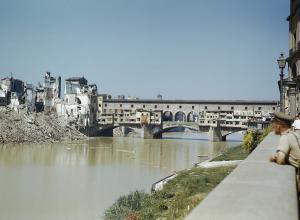While much of modern lace is loomed by machine, until the mid-nineteenth century, the art of lacemaking was a painstaking and time-consuming craft produced predominantly by women. Despite being a product of a domestic pastime, lace ruled both fashion and international markets for centuries. Flourishing trade and boosting economies, lace was highly sought after by monarchs, clergy, and the working class. Through the study of its inception, tools, and techniques, this article presents a brief history of lace and its unknown makers.
Art News
The Chavín are perhaps best known for their peculiar artistic style and iconography—one that depicts amalgamations of humans, plants, and animals in tortuous and stylized forms that act as both a puzzle for the viewer and a detailed map of the cosmological and spiritual ideologies of the Chavín.
Gentileschi’s Judith stands out because it shows the act of a woman forcefully decapitating a man. One could argue that any depiction of this tale is inherently violent. And yet, many believe Gentileschi’s deliberate inclusion of female brutality sends a feminist message that is absent from other iterations.
Monet was a master painter whose works are synonymous with the Impressionist movement he helped found. An avid experimenter, he was known for painting the same subjects over and over, drawing inspiration from the unique qualities of color and light he observed each time he sat down to paint.
Regardless of gender, ethnicity, creed, or political ideology, one thing for certain is we are going to die. Death is the inevitable fate in the plight of man and the great equalizer to all. Consequently, themes of death are richly scattered throughout the art-historical timeline.
In his latest book, That Which is Unseen, Panjiar takes us across almost four decades of Indian history and proves to be one of the most fascinating figures in contemporary photojournalism.
Addressing Vorticism requires facing a troubling period of political history head-on, something many historians have been reticent to do. Nevertheless, it is important to analyze the evolution and manifestation of radicalized ideas, in part so that we can be attuned to their development and ready to recognize them as they occur.
In 2019, the Notre Dame Cathedral was engulfed in a catastrophic fire that ultimately damaged and destroyed its upper walls, roof, and spire. Even as it burned, devastated onlookers poured in donations. Thus, it did not take long for the Cathedral's rebuild to begin.
The Parthenon Marbles and Greece’s quest for their restitution is perhaps one of the most famous instances of such a thing, with the marbles now becoming a part of two different and diametrically opposed national identities. This list presents ten other such cases, some resolved, some not, of cultural objects of dubious legality, where they came from, where they are now, and who wants them.
The caduceus, constantly mistaken for the Rod of Asclepius, has been wrongly used as a medical symbol for a little over one hundred years. Although they are often used interchangeably in contemporary settings, the two symbols have very different meanings. Could you tell them apart?





